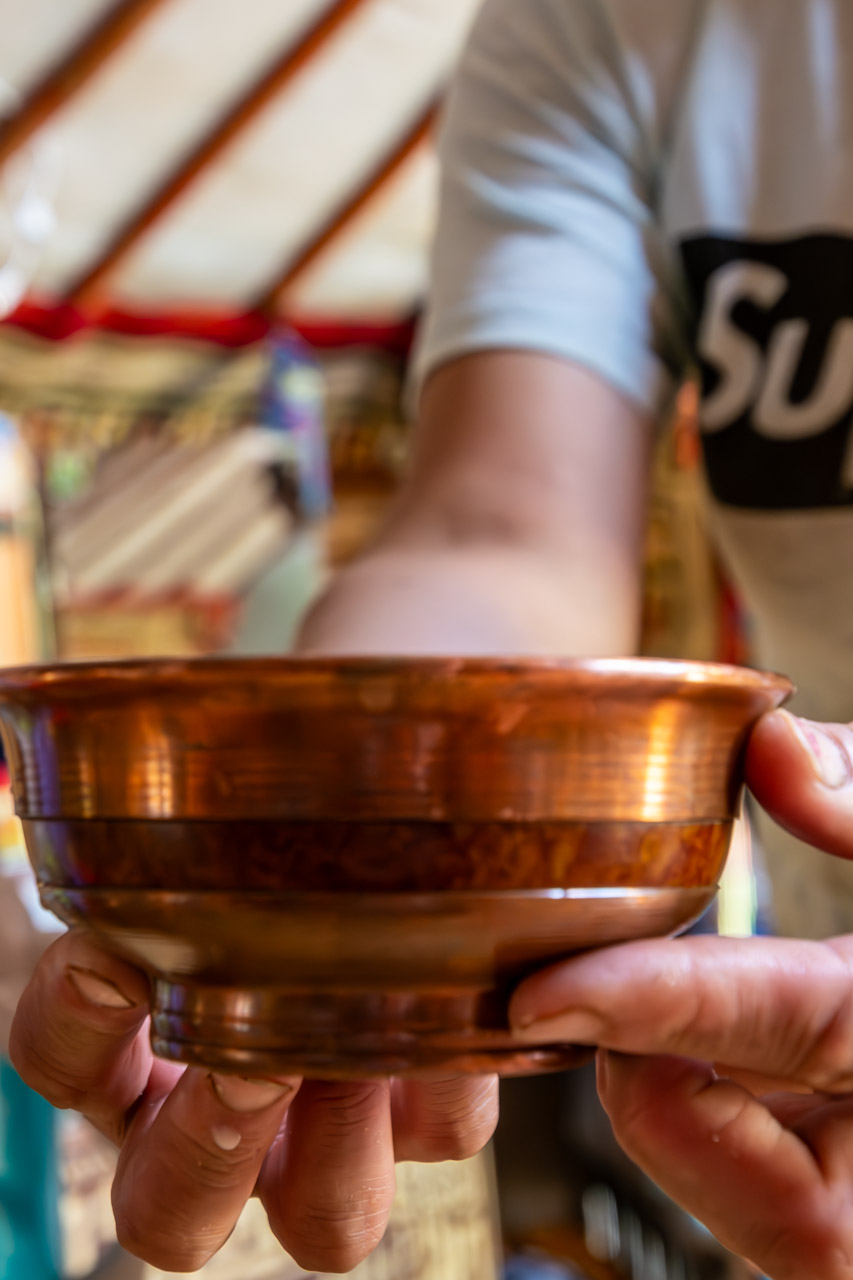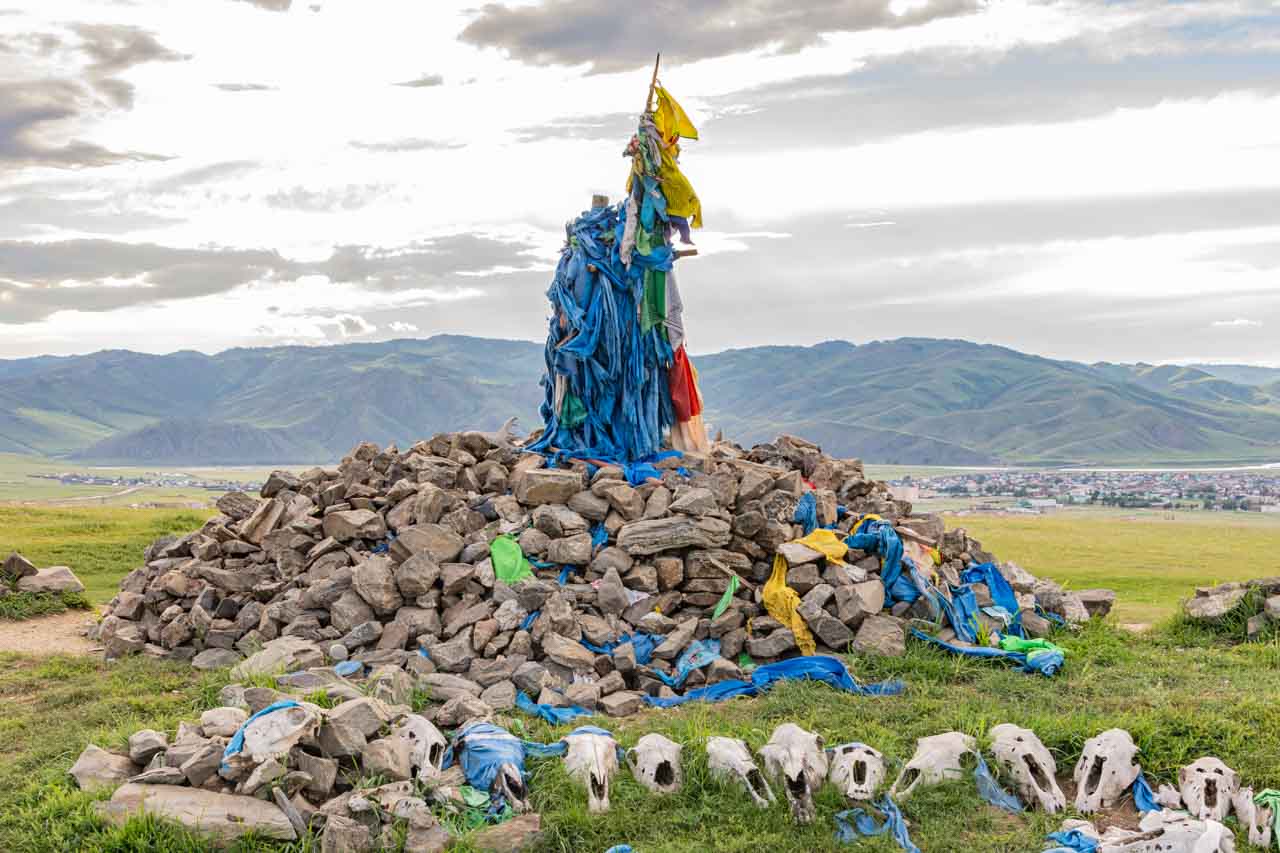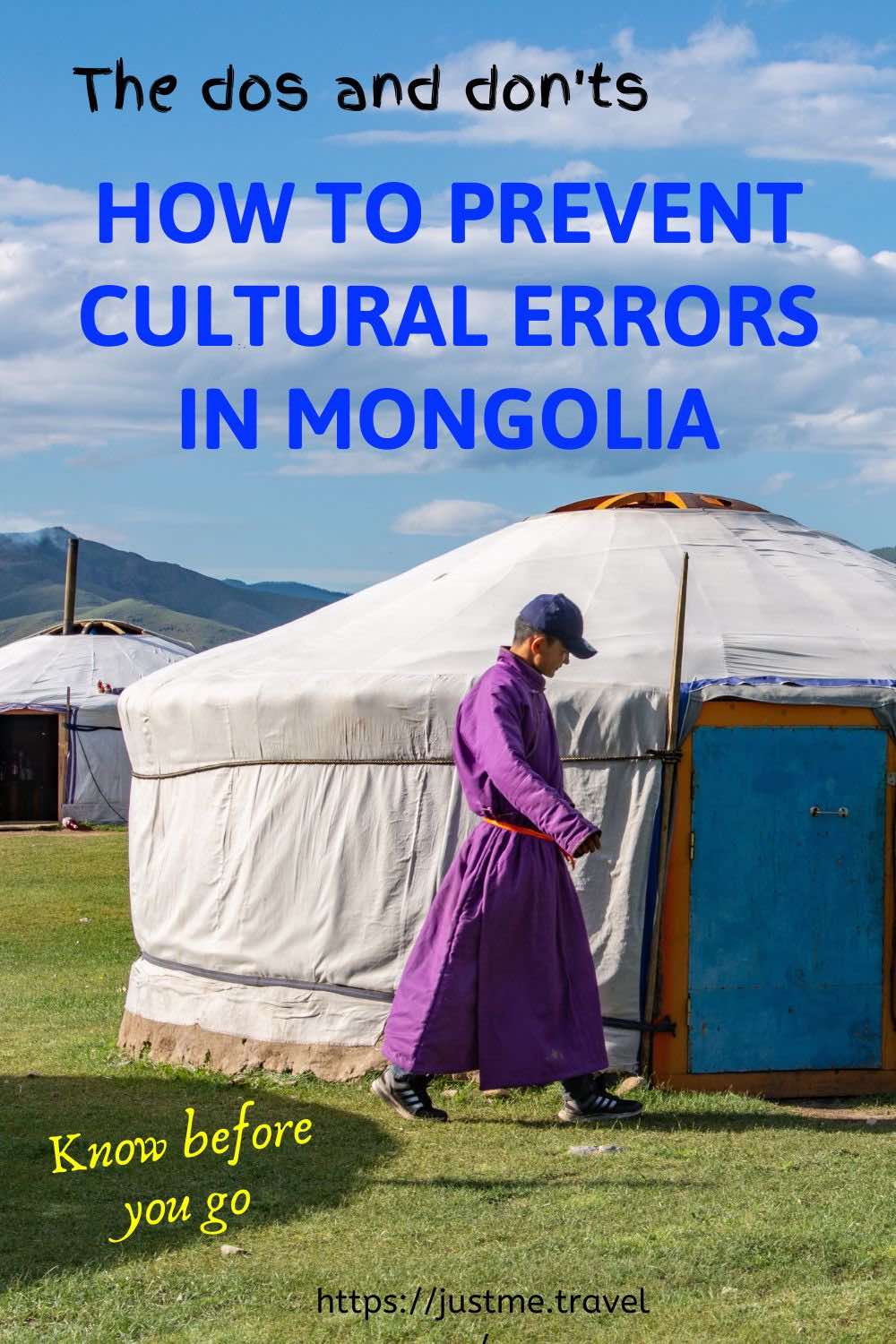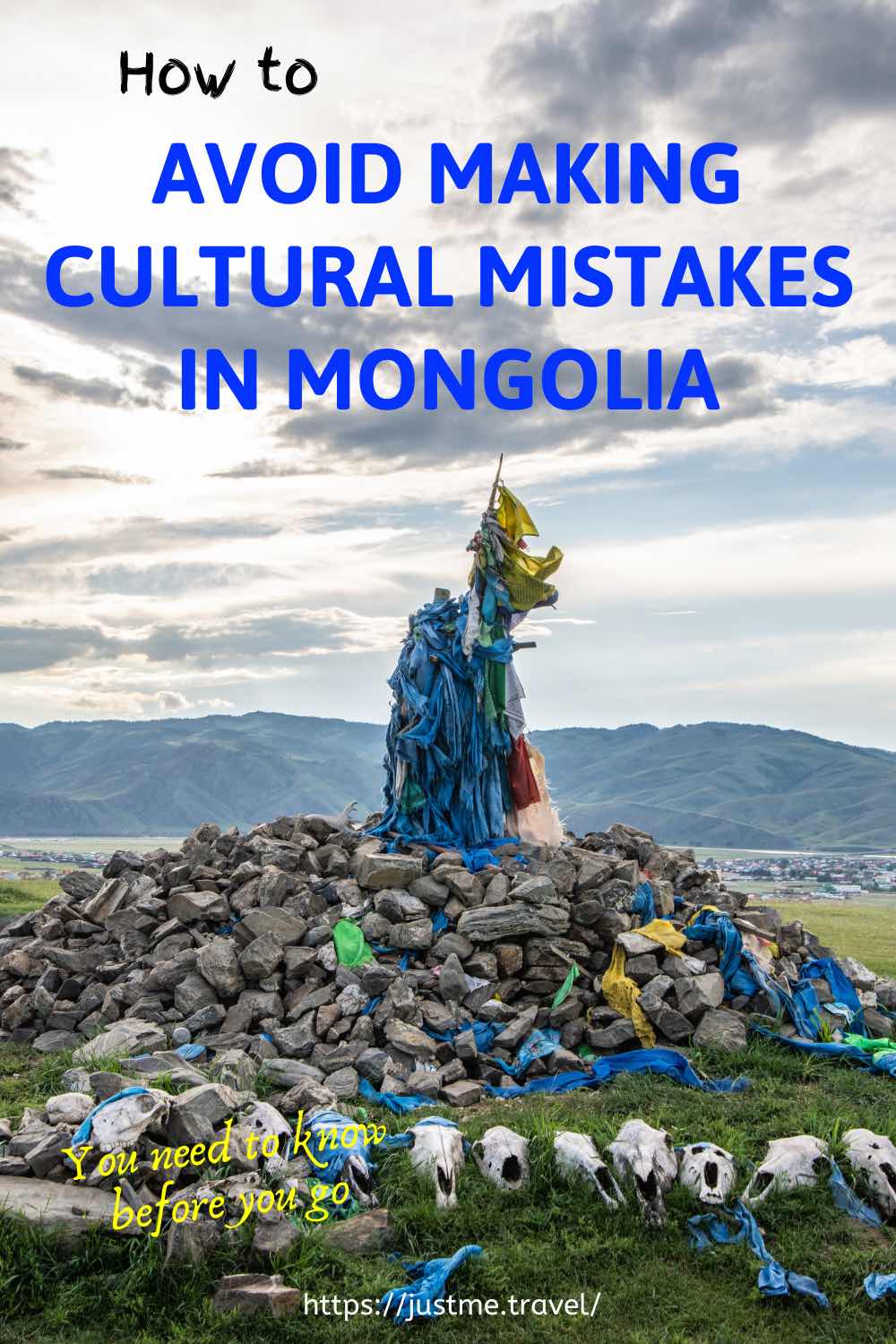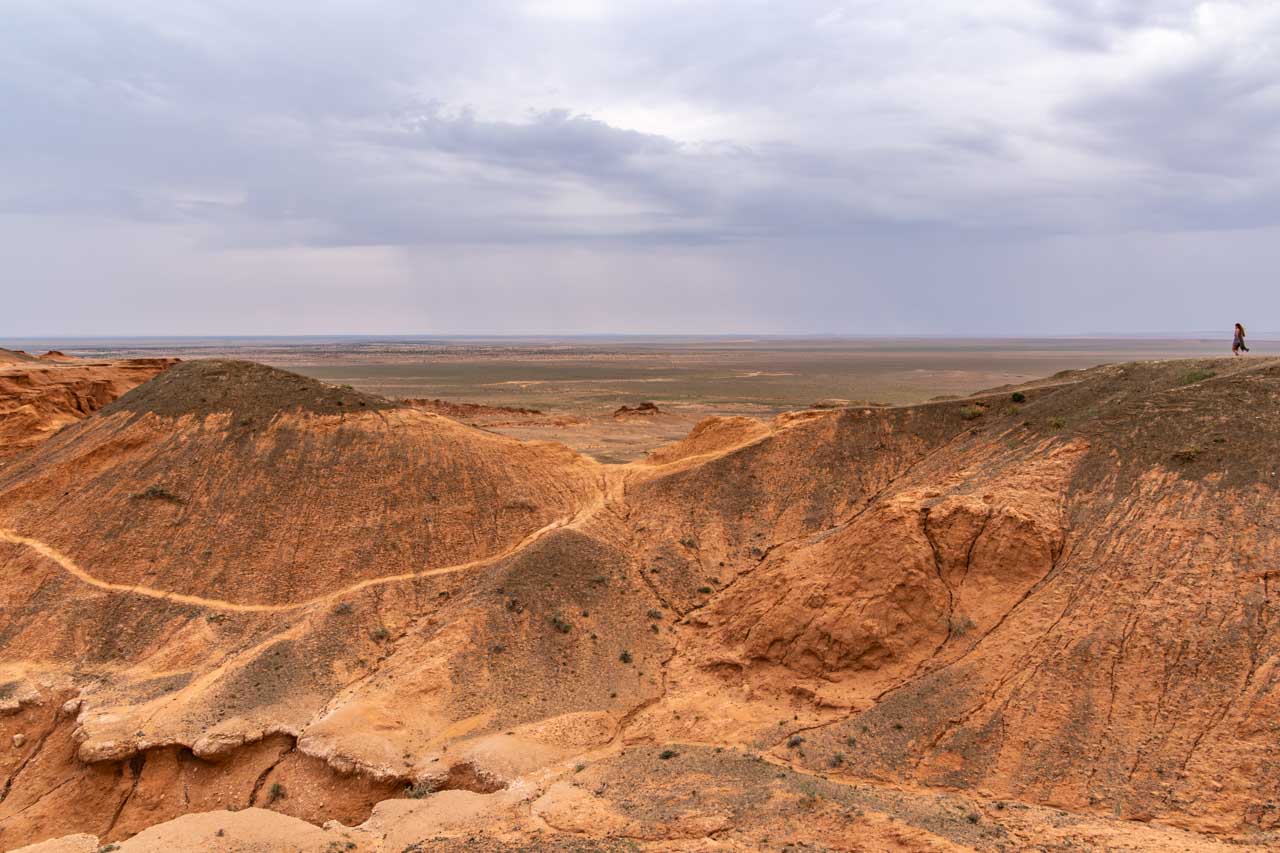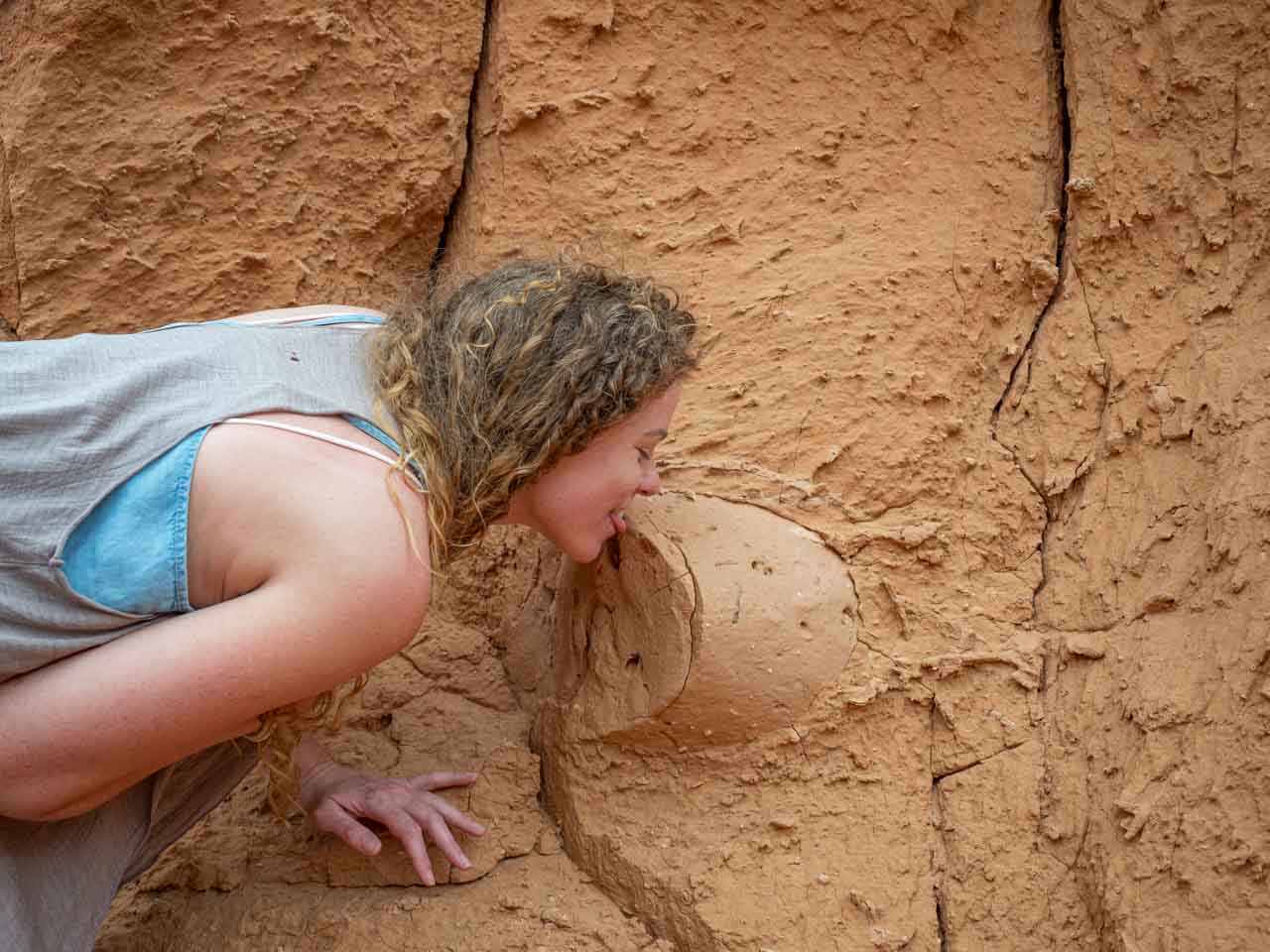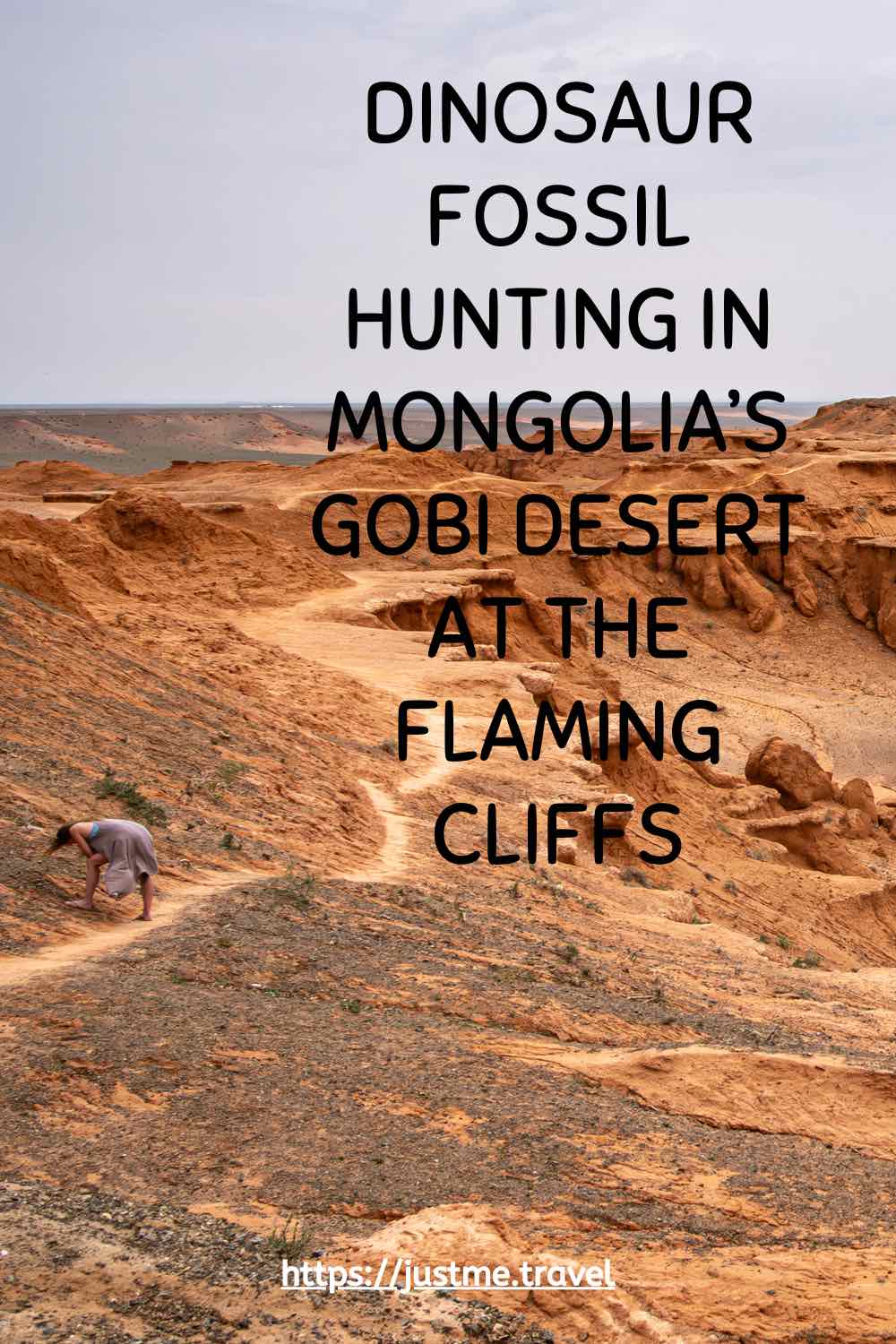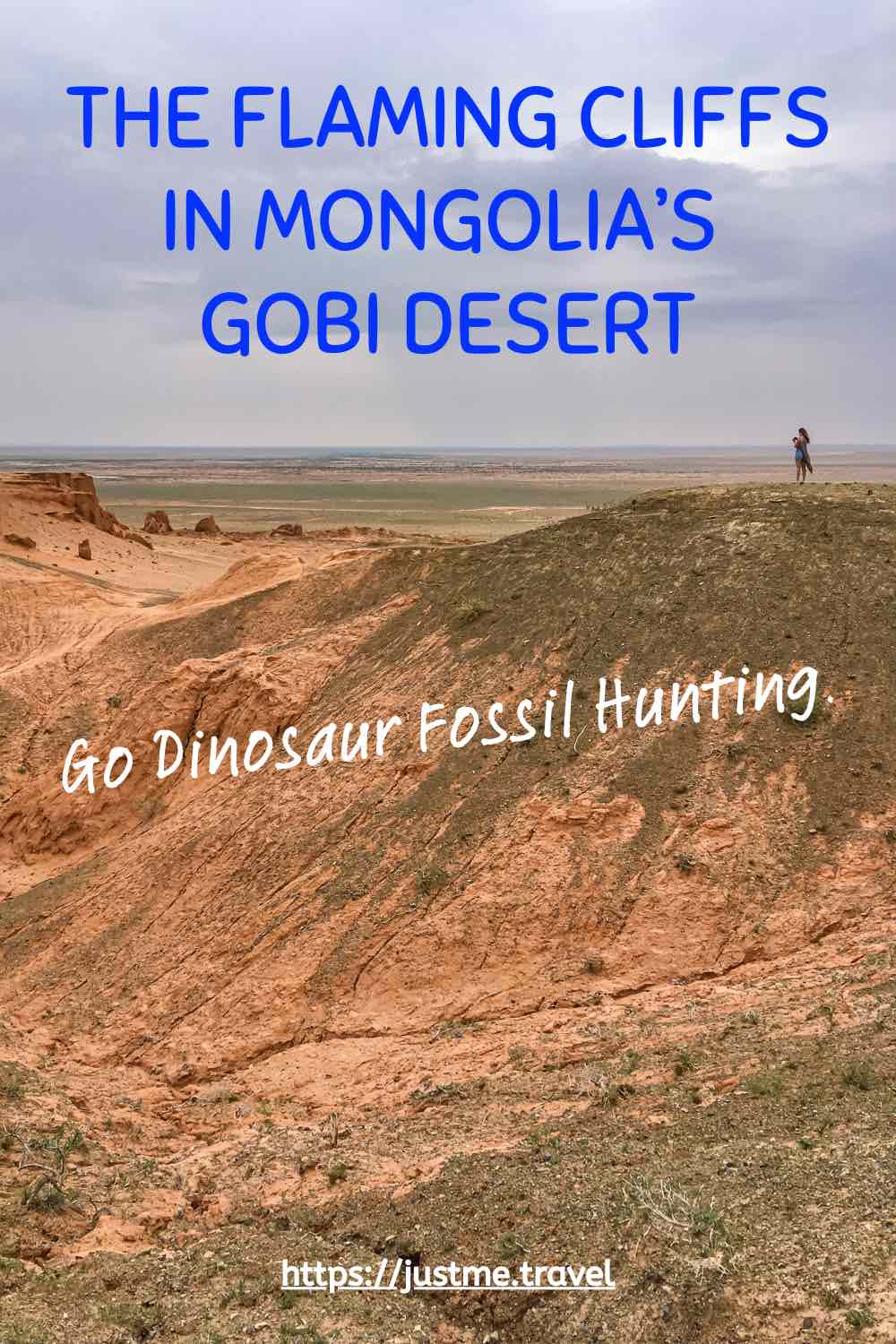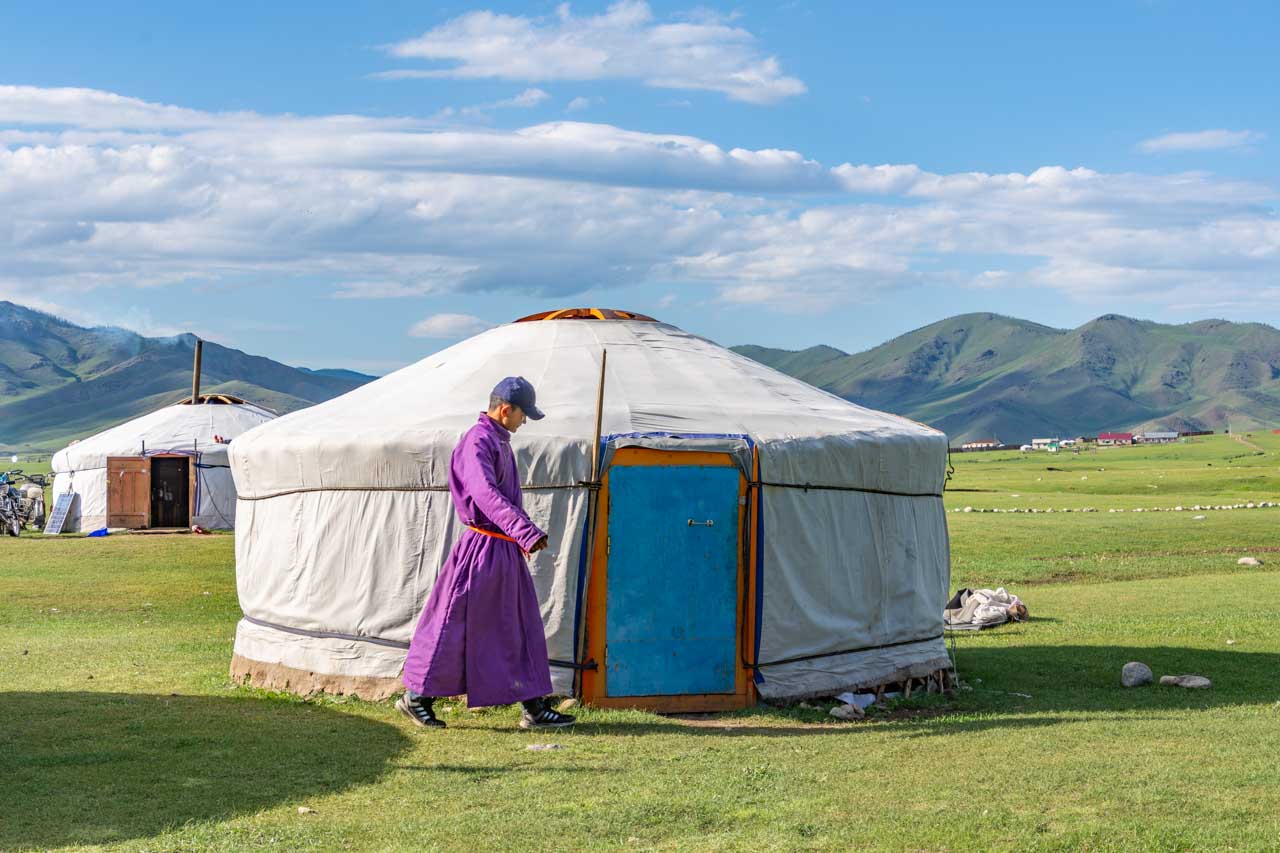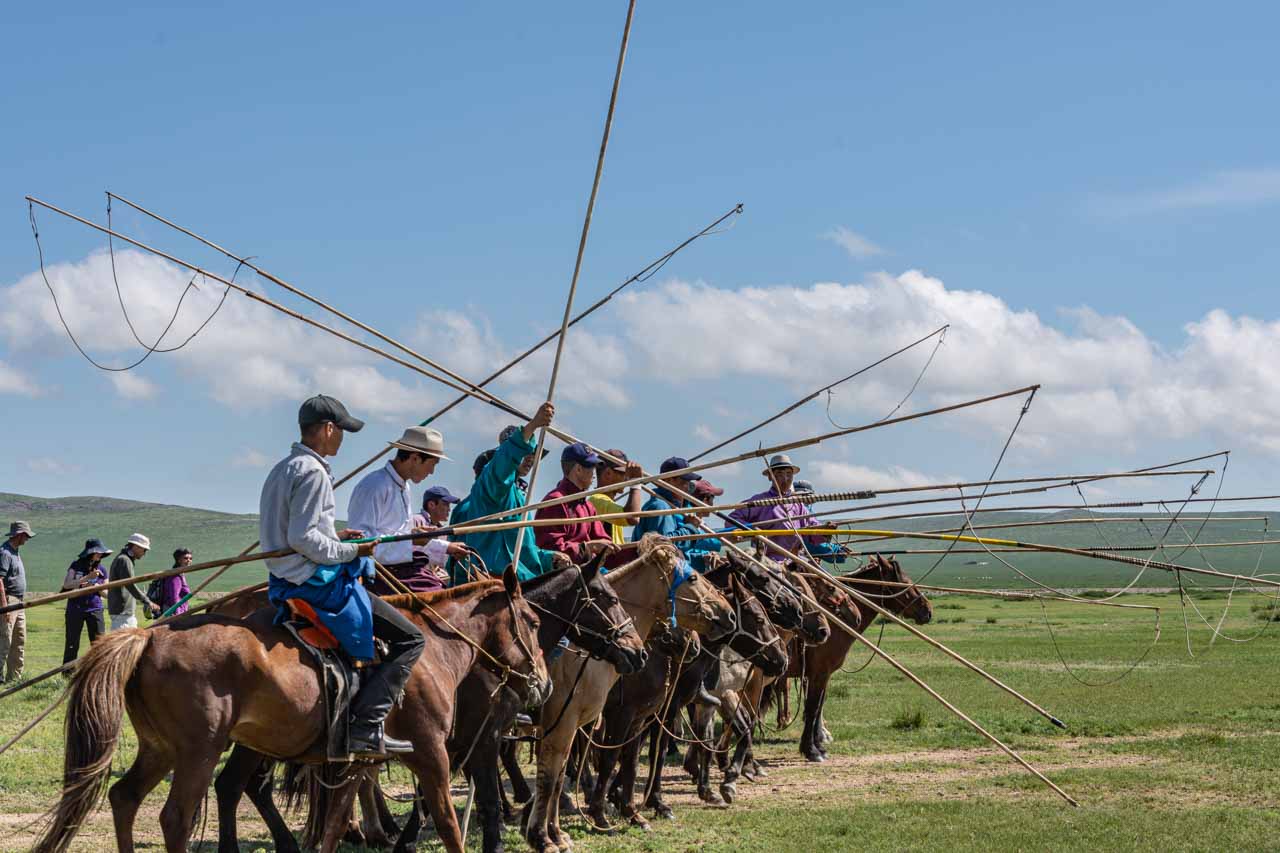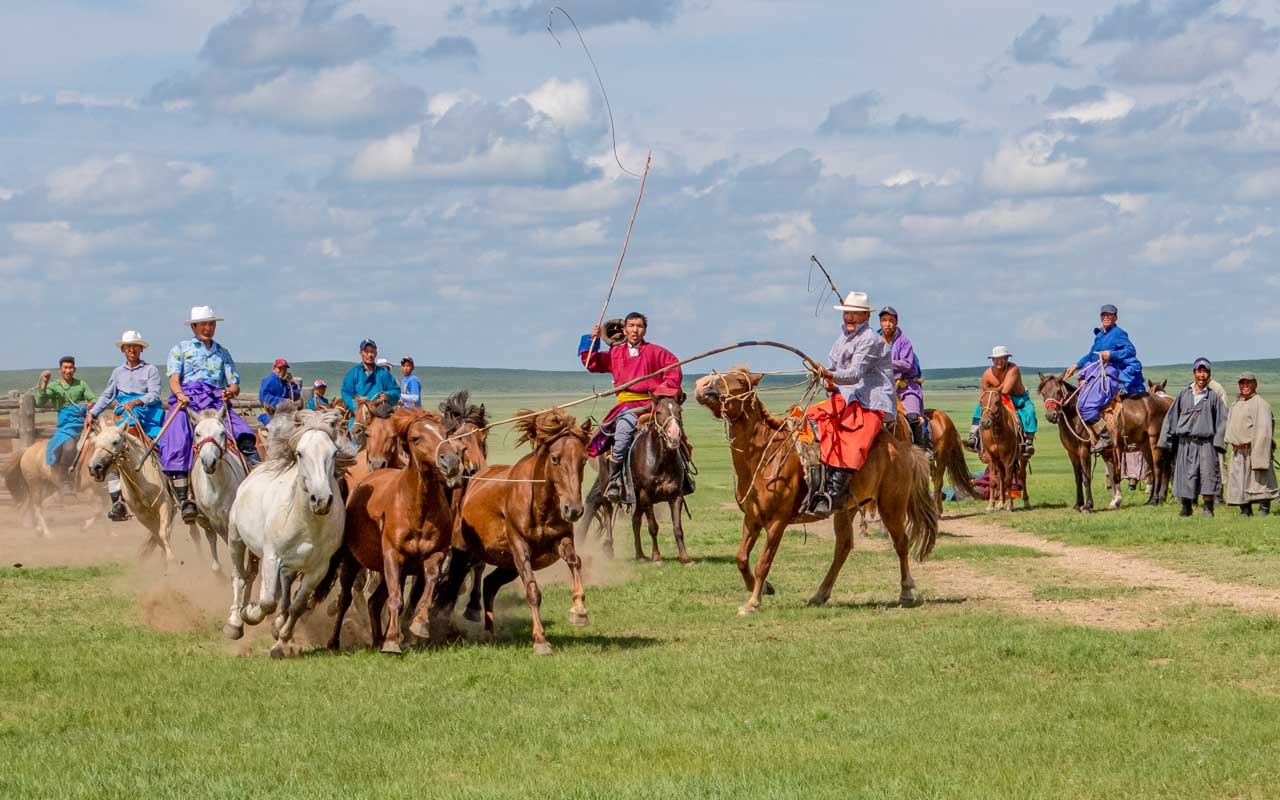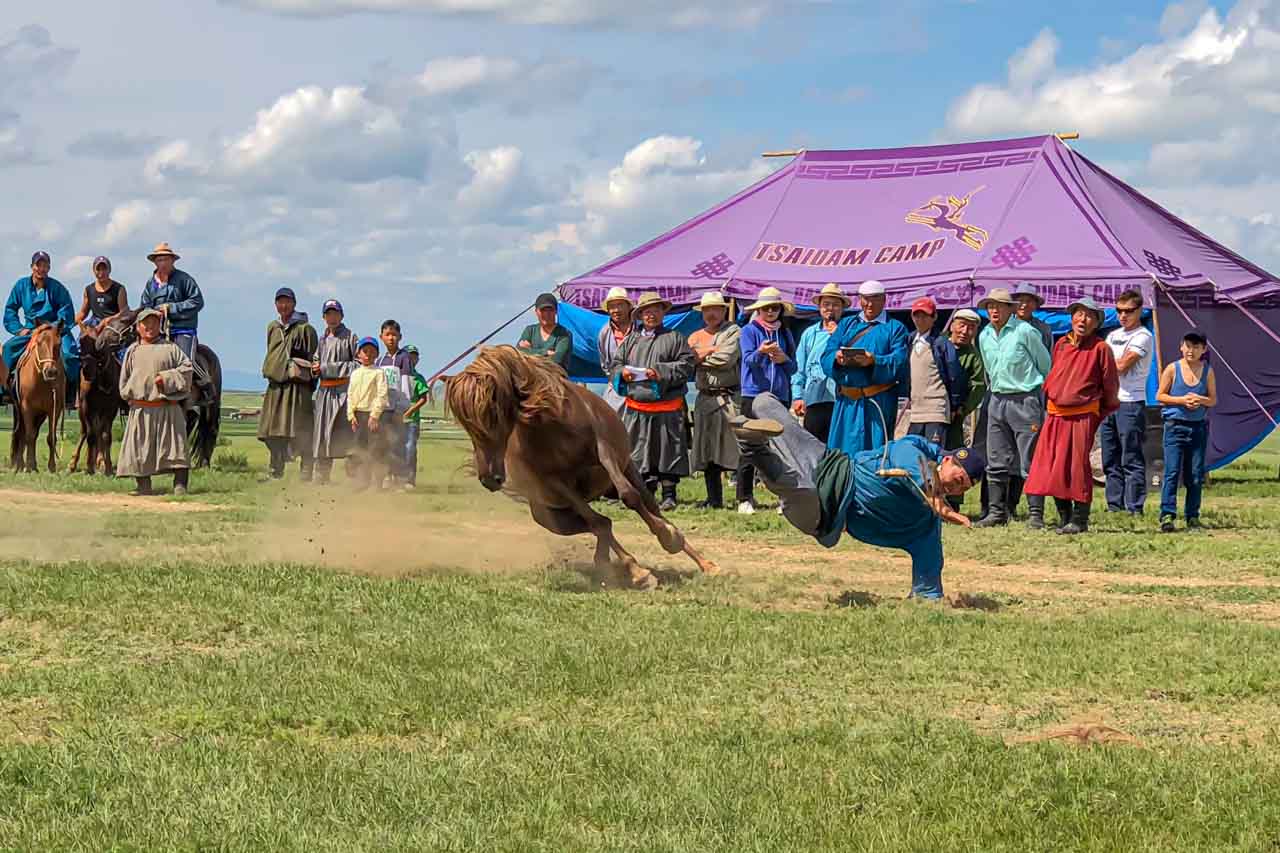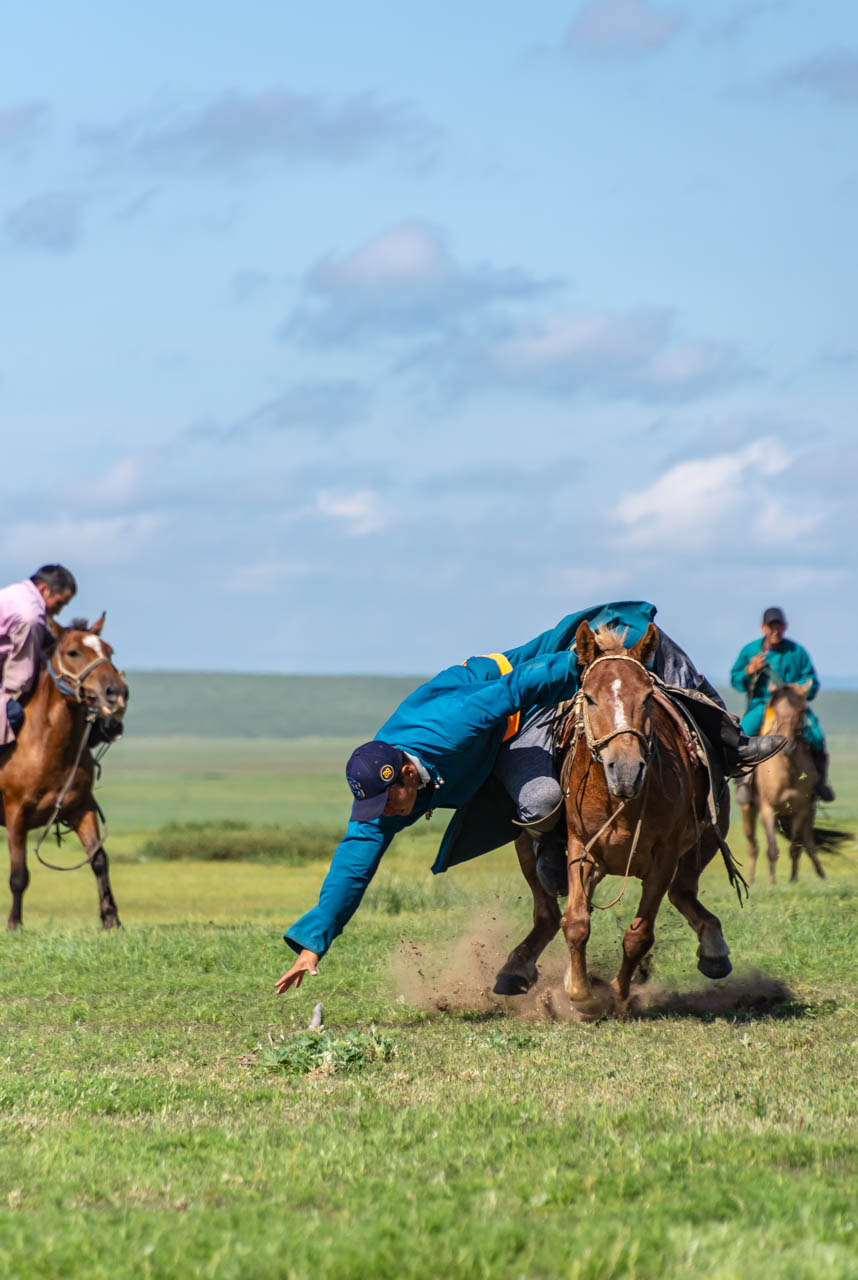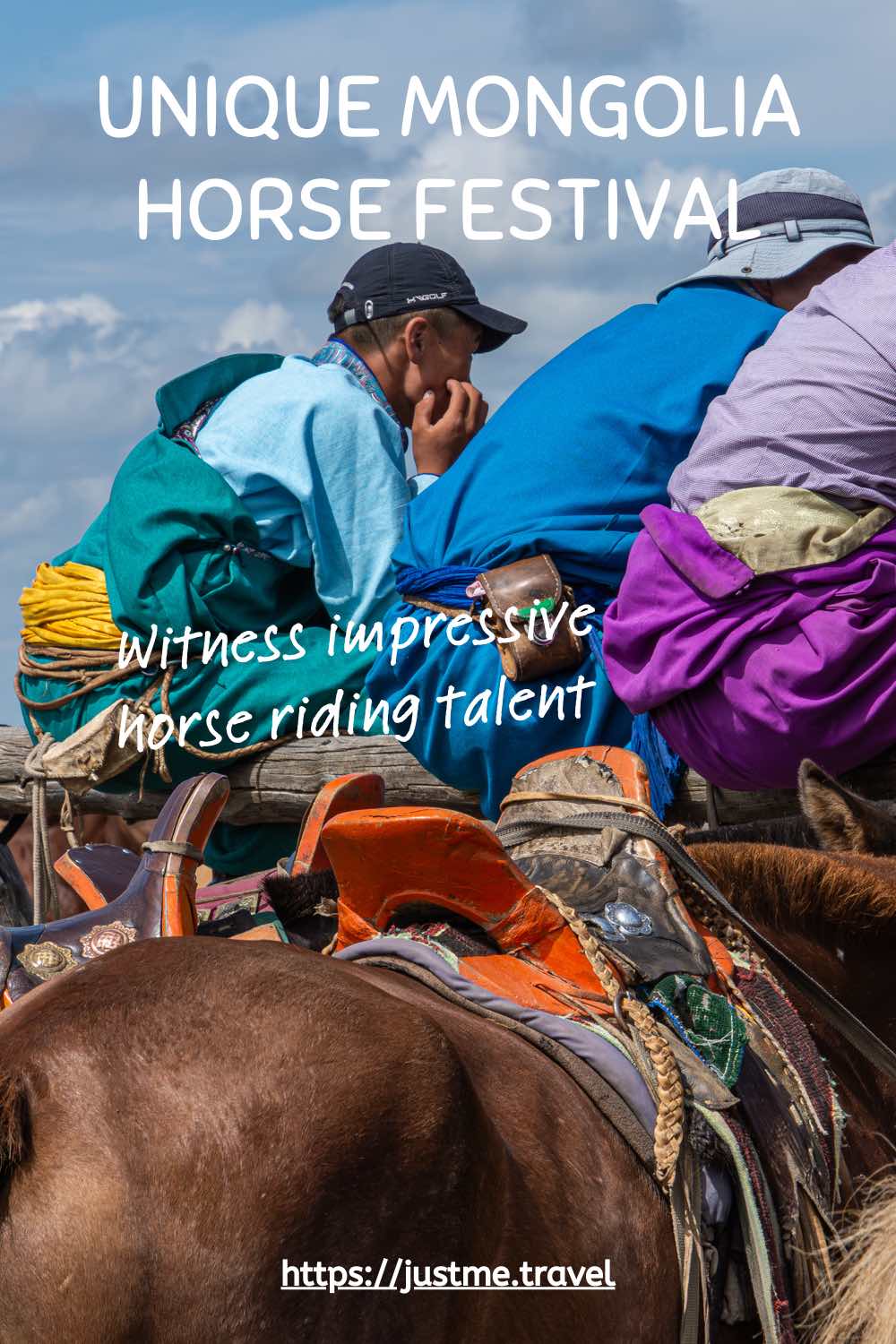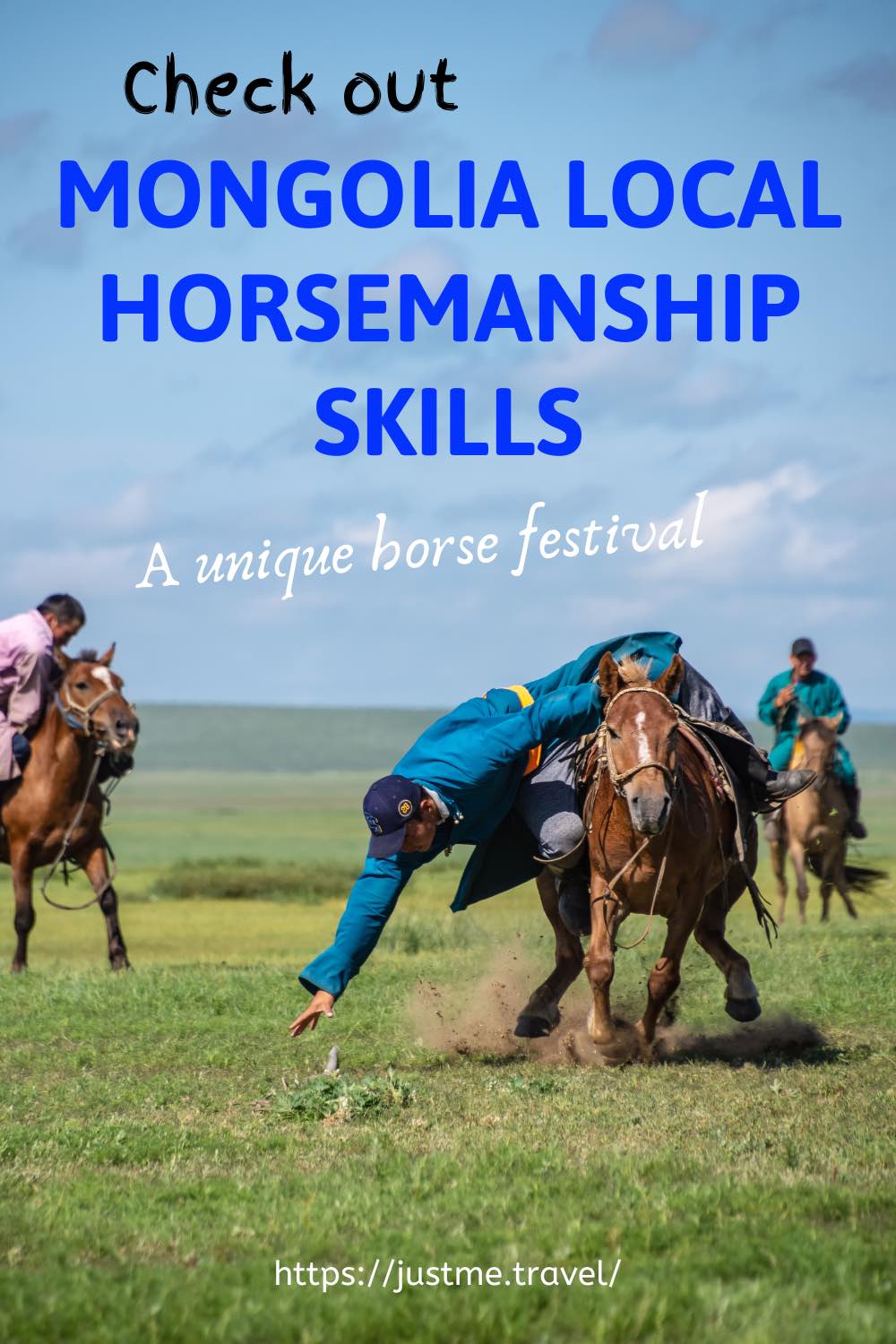Unlocking the Secrets: Successfully Navigating Mongolian Beliefs, Customs, and Values. A journey to Mongolia is about more than crossing vast landscapes and nomadic lands. It is also a deep…
Unlocking the Secrets: Successfully Navigating Mongolian Beliefs, Customs, and Values.
A journey to Mongolia is about more than crossing vast landscapes and nomadic lands. It is also a deep dive into diverse cultural norms and traditions shaped by Buddhism, Shamanism, and Animism.
Navigating foreign customs can be challenging, especially in a country like Mongolia. In this travel blog post, I’ll guide you through the challenges, providing invaluable tips and practical advice on navigating Mongolia’s cultural environment without stumbling into unintentional faux pas.
Please read the post to make sure your journey to Mongolia is filled with breathtaking landscapes and enriched by a profound understanding of the cultural norms and traditions that make Mongolia uniquely remarkable.
Cultural insensitivity is a sign of profound disrespect. I learned this the hard way in Varanasi (India) when I took a photo of the cremation pyres on the banks of the Ganges River. It took my guide a lot of talking, much apologising, and payment of money to appease the men who supplied wood for the pyres. In my defence (but no excuse), I had not been informed not to take photos of the cremations.
My wrongdoing mortified me. Even though this occurred many years ago, I still beat myself up about it. I have travelled extensively and would describe myself as culturally sensitive. To this day, I cannot explain what made me think it was okay to take such a photo.
So, when our guide in Mongolia advised us about local customs before our two-night stay with a nomadic family, I felt a deep appreciation and relief that I would not commit any social or cultural faux pas through ignorance. I firmly believe that knowledge is power, and I was about to meet this family in a “powerful” (culturally knowledgeable) position.
So, what lessons did I learn from my Mongolian guide?
First, our guide requested we wait to take photos of the family but get to know them a little first. This was a more than reasonable request and one I knew I would have no trouble complying with because I often feel uncomfortable photographing people. However, given this was a photography tour I was on, the family expected photos to be taken of them as they knew this was a part of our learning.
We were advised to ask whatever questions we wanted, with the guide translating for us as the family doesn’t speak English. I suspect this also allowed the guide to ‘censor’ inappropriate questions – a sound filtering system.
Our guide continued her invaluable insights on Mongolian cultural norms and traditions:
- When you enter a ger, you must always go to the left. Don’t circle the interior of the ger. If you need to go to the right once inside the ger, return to the door and then to the right.
- Don’t step on the threshold of the ger. You must always step over it.
- In a group setting, always say hello to the oldest or most important person first.
- Do not touch a person’s head or shoulder; doing so is taking that person’s luck away.
- Touching a person’s feet (with your feet) signifies you want to challenge that person to a fight. If you unintentionally touch a person’s feet, shake hands with that person or touch their arm. By doing this, you are saying, “I didn’t mean that” (to challenge to a fight); it removes the challenge.
- Do not throw tissues in the fire. The fire is a holy thing, and throwing tissues into the fire is contaminating the fire. It was essential to know this custom as, one by one, we were coming down with colds.
- When Mongolians offer you food and drinks, you must accept it with your right hand, and you must taste whatever is offered or, at least, pretend to taste it by putting the food or drink to your lips. There is another alternative if offered a glass of vodka. You can dip your ring finger in the vodka, remove your finger from the vodka and flick your ring finger into the air, thereby flicking drops of vodka in the air.
- When offered something, touch it with your right hand before taking it while supporting the elbow with the left hand. This custom is also followed when giving something. The exception to this is when offered a meal or providing a meal.
- When exiting religious buildings, e.g. temples, step out backwards so that you do not show your back to the interior. To show your back is to show disrespect to the gods.
Children in Mongolia don’t get their hair cut until they are between 2 and 5 years of age. For girls, this is usually between 2 and 4 years old. Conversely, boys will have their first haircut at 3 to 5 years of age. The reason for leaving the first cutting of children’s hair until this age is because Mongolians believe children are born with their mother’s hair. The cutting (more like shaving) of the hair signifies the child becoming their own person and is celebrated with a hair-cutting ceremony.
The khadag is a long piece of silk cloth (like a scarf). It comes in 5 different colours – blue, white, yellow, green and red – with each colour having its unique significance:
- Blue is the most sacred colour in Mongolian culture, representing Mongolia’s eternal blue sky. The blue khadag is the most common and can be given to anyone, regardless of age, to show respect.
- White represents milk and is the symbol of purity. It is often given to mothers.
- Yellow represents the sun and is the symbol of wisdom. The yellow khadag is given when you greet monks.
- Green represents the earth, being in tune with nature. It is the colour of inner peace and is only used in religious rituals.
- Red represents fire and blood (as in circulation). It is the colour of life, of prosperity. As with the green khadag, it is not used to greet people but only in religious ceremonies.
To give or offer a khadag to someone or something is to show respect, the ultimate offering. To present a blue khadag to a person or animal is the highest form of respect. Driving through Mongolia, I often saw sheep and horses with blue khadags tied around their neck. Our guide explained that this shows respect for the animal, which can’t be killed/eaten.
Mongolia’s cairns (stone shrines known as ovoos) are adorned with khadags, primarily blue ones. Most Mongolians are Buddhist, but Shamanism is integral to Mongolian life. Locals and travellers erect the cairns to provide offerings to the local spirits, thus showing their respect and honouring the spirits of the surrounding land. When you come across a cairn, you should always stop and show your respect by making an offering. The ritual entails walking around the cairn three times in a clockwise direction. As you do so, you make an offering while making a prayer or wish. This might be for a safe journey, good health, good fortune, or much-needed rain. The offering can be a khadag, food, money, vodka, or a small stone. If you are in a hurry and don’t have time to stop at a cairn, the driver will honk the horn three times. At one cairn, our driver offered a blue khadag. We settled for a small stone each time we stopped at a cairn – and there were many.
Unlocking the secrets of Mongolia’s rich cultural environment requires more than just travelling through its breathtaking landscapes. Understanding and respecting this remarkable country’s cultural norms and traditions is the key to a truly immersive and rewarding travel experience. Avoiding cultural errors is not just about being polite; it’s about creating authentic connections with Mongolia’s warm and hospitable people.
Start your Mongolian adventure with cultural sensitivity, and let the vibrant traditions of this enchanting land enrich your travel story.
And my final piece of practical advice – know before you go!
Editor’s Note: I originally published this blog post in February 2019 and have updated it for accuracy and comprehensiveness.
Disclaimer: This post contains no affiliate links. All views and opinions are my own and non-sponsored. All photos are my own and remain the copyright of Just Me Travel.
© Just Me Travel 2018-2023.
Have you travelled to Mongolia? What other cultural insights would you offer readers for Mongolia? I love hearing from you. Join the conversation and leave a comment below.
Like this post? Save it for Later!
Author’s Note: Please check the latest travel restrictions before planning any trip and follow government advice.
You might also like
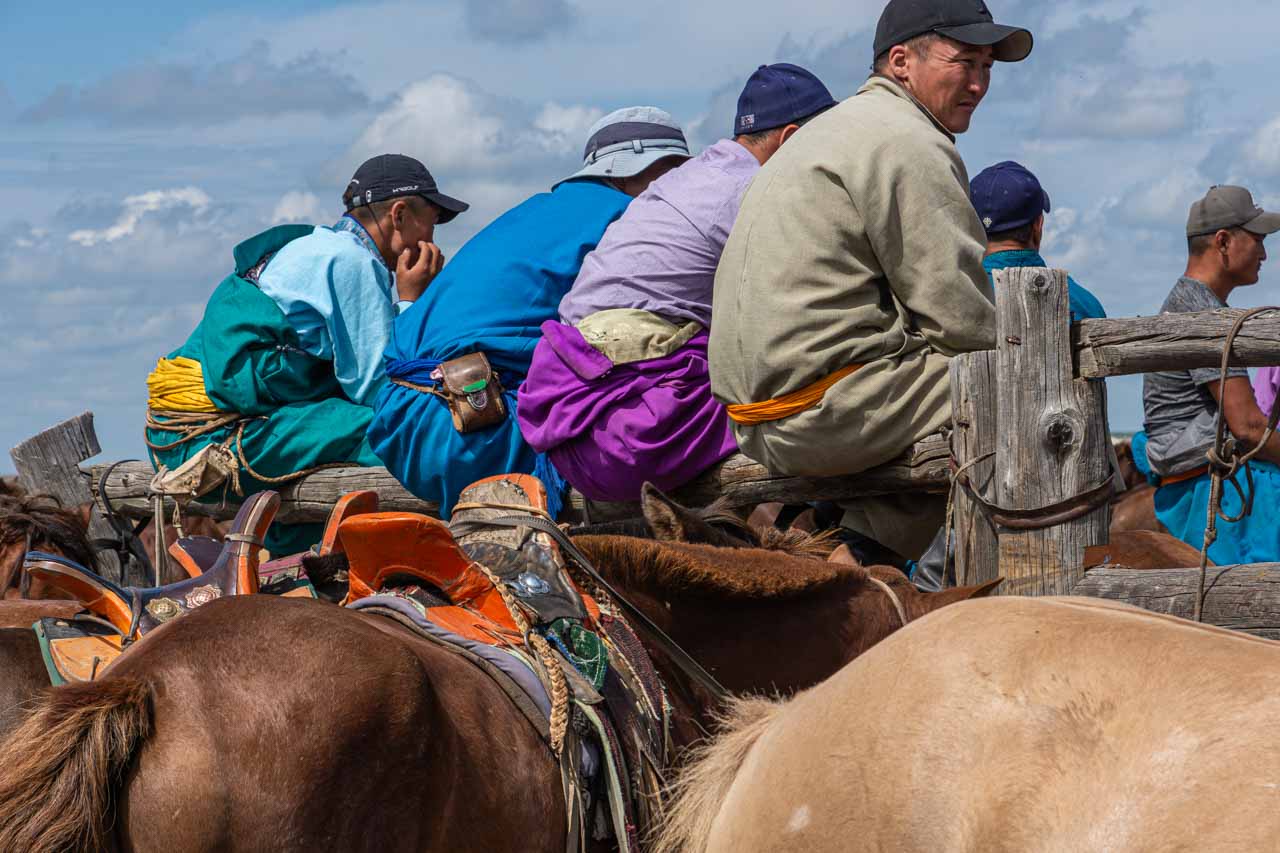 A UNIQUE MONGOLIA HORSE FESTIVAL SHOWCASES IMPRESSIVE HORSE-RIDING TALENT (2023 Updated)
A UNIQUE MONGOLIA HORSE FESTIVAL SHOWCASES IMPRESSIVE HORSE-RIDING TALENT (2023 Updated)
Attending a local horse festival in Mongolia is a must. Read my postcard to home to learn about the extraordinary horseback skills I saw.
 DINOSAUR FOSSIL HUNTING IN MONGOLIA’S GOBI DESERT AT THE FLAMING CLIFFS (2023 Updated)
DINOSAUR FOSSIL HUNTING IN MONGOLIA’S GOBI DESERT AT THE FLAMING CLIFFS (2023 Updated)
The Flaming Cliffs are famous for discovering dinosaur eggs in 1923 and is one of the world’s greatest dinosaur fossil sites. Go fossicking!

